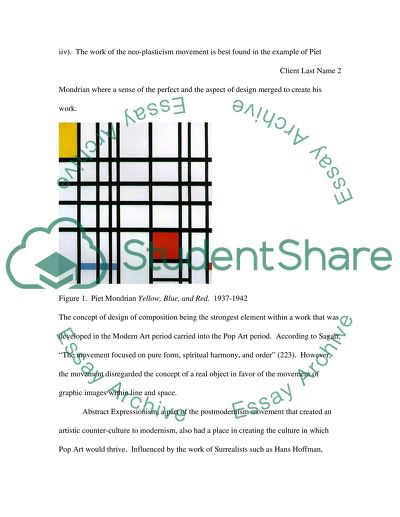Cite this document
(“The concept of Pop Art Essay Example | Topics and Well Written Essays - 2750 words”, n.d.)
The concept of Pop Art Essay Example | Topics and Well Written Essays - 2750 words. Retrieved from https://studentshare.org/visual-arts-film-studies/1554286-pop-art
The concept of Pop Art Essay Example | Topics and Well Written Essays - 2750 words. Retrieved from https://studentshare.org/visual-arts-film-studies/1554286-pop-art
(The Concept of Pop Art Essay Example | Topics and Well Written Essays - 2750 Words)
The Concept of Pop Art Essay Example | Topics and Well Written Essays - 2750 Words. https://studentshare.org/visual-arts-film-studies/1554286-pop-art.
The Concept of Pop Art Essay Example | Topics and Well Written Essays - 2750 Words. https://studentshare.org/visual-arts-film-studies/1554286-pop-art.
“The Concept of Pop Art Essay Example | Topics and Well Written Essays - 2750 Words”, n.d. https://studentshare.org/visual-arts-film-studies/1554286-pop-art.


